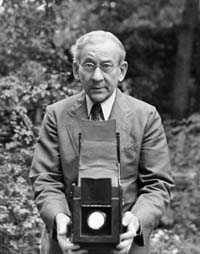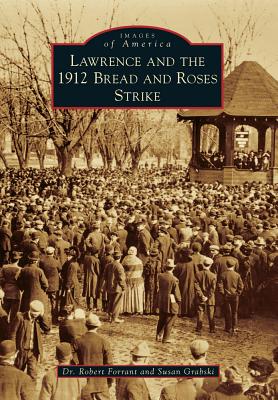
“Little girl spinner in Mollahan Cotton Mills, Newberry, South Carolina” by Lewis Hine, 1908.
Proponents of corporate-driven globalization argue that adhering to principles of “free trade” will solve the world’s economic ills. As former U.S. Trade Representative Robert Zoellick claimed: “The global trading system has demonstrated, from Seoul to Santiago, that it is a pathway out of poverty and despair.”
However, history shows that what actually makes people’s lives better is people themselves working to make them better. Thus it was not the magic of the marketplace that greatly reduced the incidence of child labor in the U.S., but organized efforts to stop it.

Lewis Wickes Hine.
Lewis Hine, a few of whose photos are reproduced here (with his original captions), was one such social justice activist. Hine’s startling photographs of children at work were not the product of mere curiosity, but were part of an anti-child labor campaign. In 1908, Hine left a teaching position to work full time as an investigative photographer for the National Child Labor Committee, which was fighting against the exploitation of children at work. His first photo essay of child laborers was published in 1909. It would be many years before legislation would be passed eliminating some of the most egregious types of workplace exploitation of children. But what is certain is that change occurred because people worked for it.
This lesson was published in Rethinking Globalization: Teaching for Justice in an Unjust World.









This lesson built our connections in history as well as our skills and abilities to connect with history. —Shannon Sestak, high school social studies teacher, Detroit, MI
Thanks so much for posting this. I have recently been researching Hine’s work to use in a seminar for middle and high history teachers on the labor movement struggles in the early 1900s. This will be a wonderful additional resource for them.